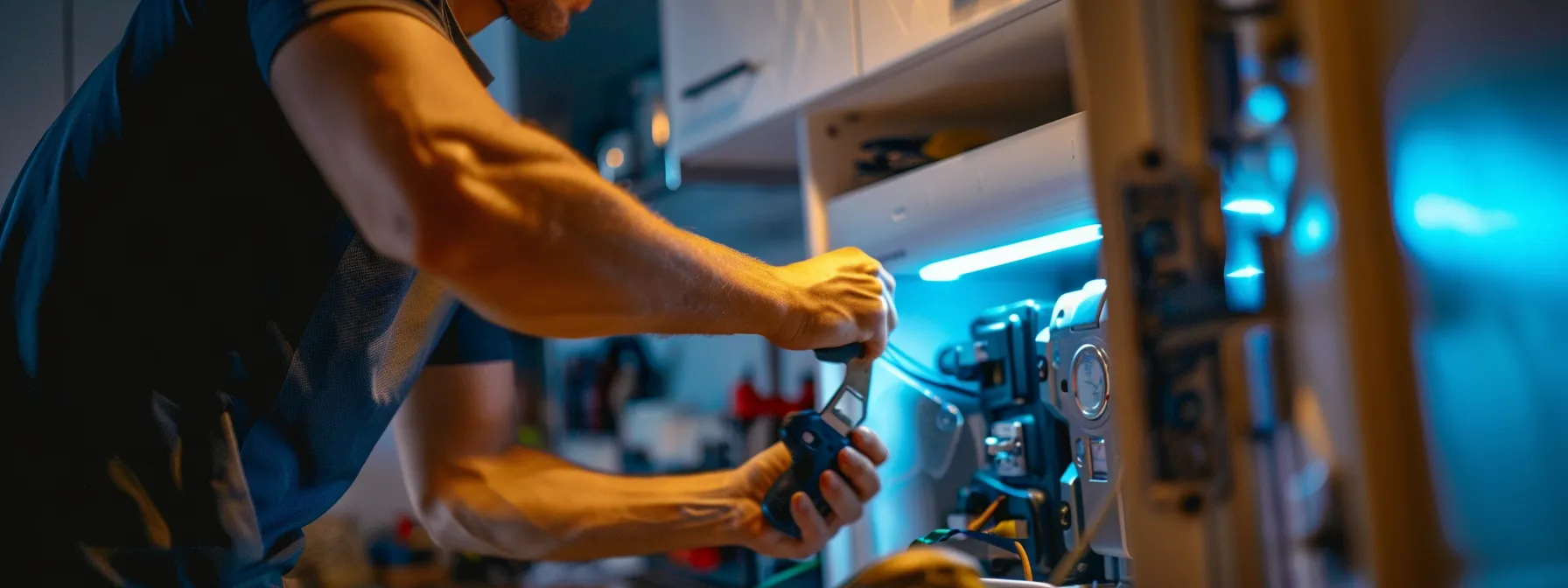
Upgrading your safe lock is a critical decision that influences the security of your valuables. With expert locksmith services from Unlock Master Locksmiths, you can ensure that your lock installation is seamless and tailored to your specific needs. Whether you opt for a robust traditional lock or a modern keypad system, understanding your options is key to enhancing your safety. Preparing for this process can make all the difference. Keep reading to discover how to choose the right safe lock, install it correctly, and maintain it for long-lasting protection.
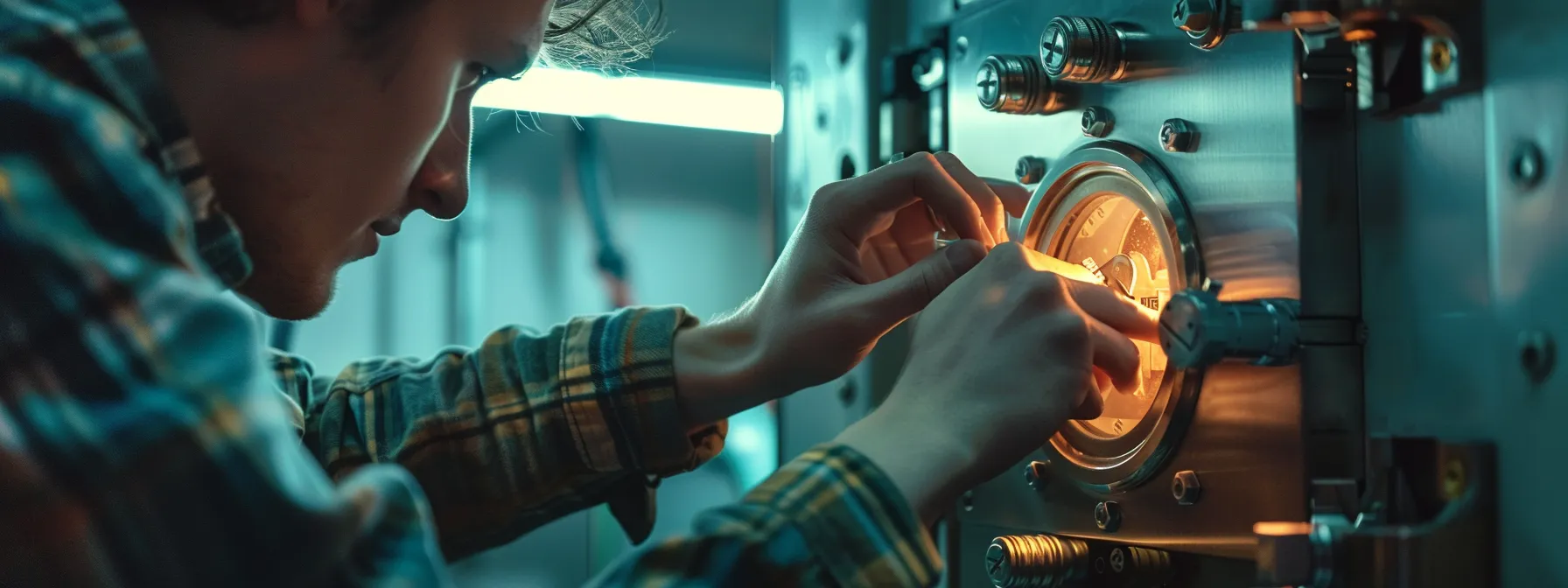
When considering a safe lock upgrade, it’s pivotal to start by assessing the current security level of your safe. Evaluate whether it effectively protects your valuables against unauthorized access. Look for signs of wear and potential malfunction, such as difficulty in turning the knob or rust accumulating around the mechanism. These issues can indicate that your lock is no longer reliable. Furthermore, stay informed about advancements in safe lock technology locksmith services. Newer models may incorporate features that enhance security, like smart technology or higher-grade materials such as brass components. If you’ve decided it’s time for an upgrade, taking careful steps in the installation process is vital, including properly securing each screw. With the right brand and an understanding of modern options, you can confidently add to cart and upgrade your safe lock for better peace of mind Unlock Master Locksmiths.
To effectively assess the current security level of your safe, you should closely examine the construction material of both the safe and its lock, especially if it features a stainless steel dead bolt. Wear and tear can significantly indicate potential failure, so notice and take down any signs of damage or corrosion that may compromise the integrity of your safe. Regularly evaluating these aspects ensures that your storage solution remains secure against unauthorized access.
As you assess the condition of your gun safe, pay close attention to any unusual sounds or resistance while operating the lock. Signs such as grinding noises or sticky mechanisms can indicate that the internal electronics are failing or that the factory components are wearing down. Keep an eye on the warranty of your safe; a timely replacement can ensure your valuables remain secure and save you from potential loss.
When considering a safe lock upgrade, you should explore the latest innovations in electronic lock technology. These modern options offer enhanced security features, such as biometric access and smartphone control, which can add layers of protection not available in traditional locks. As you weigh your options, think about how seamlessly an electronic door lock could integrate with your existing door lock installation, fostering both convenience and security that warrants a thoughtful addition to your cart.
Now that you’ve identified the signs for a safe lock upgrade, it’s time to dive into the options available. Choosing the right safe lock tailored to your needs opens the door to enhanced security and peace of mind.
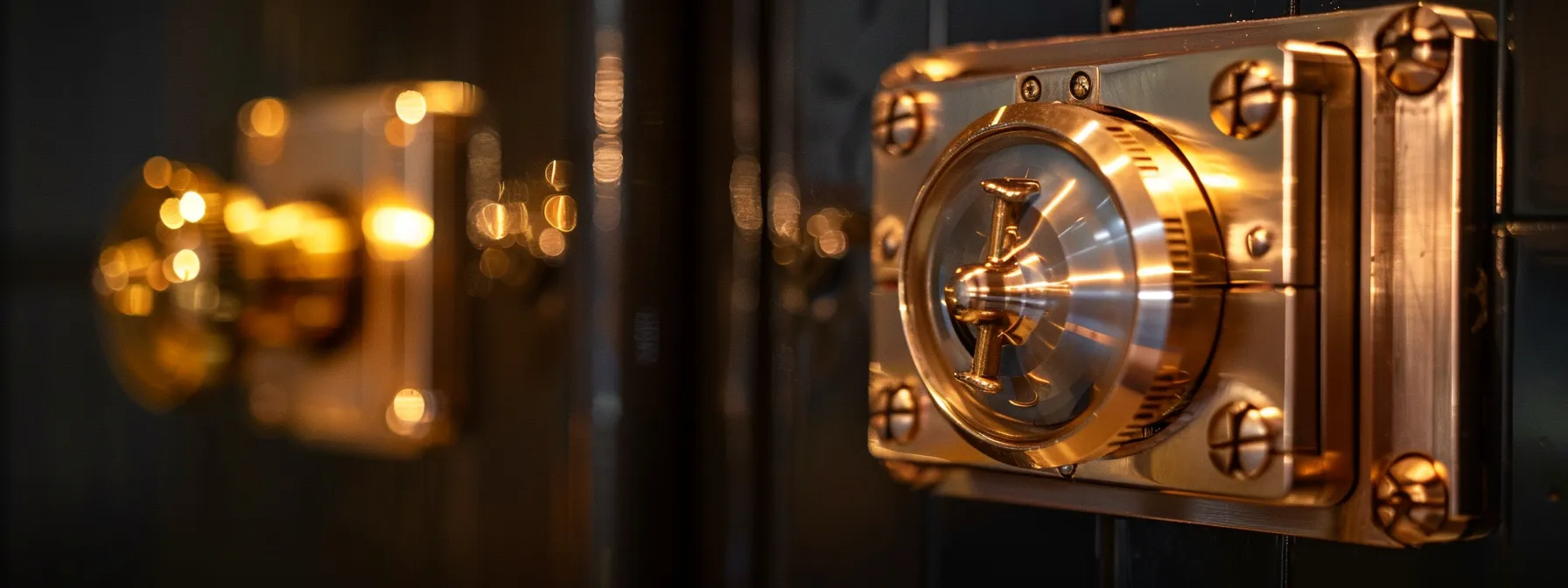
When selecting a safe lock, it’s beneficial to examine the various options available to you, specifically the contrast between traditional mechanical locks and modern electronic solutions. Understanding the intricacies of each type will help you make an informed decision tailored to your security needs. Additionally, familiarize yourself with the significance of UL ratings, which serve as a benchmark for lock quality and performance. Higher-rated locks often provide better protection against unauthorized access. Moreover, you should consider features such as biometric access, which adds a layer of personalization to your security system. By weighing these factors, you can confidently choose a safe lock that aligns with your preferences and enhances your overall security strategy.
Traditional mechanical locks rely on physical keys and moving parts, offering a straightforward approach to security that many still trust. These locks are known for their durability and don’t require batteries or electronic components, making them less vulnerable to electronic failures. On the other hand, modern electronic locks provide convenience with features like keyless entry and remote access, enhancing your ability to manage security with ease and flexibility.
When you consider traditional versus electronic options, think about your lifestyle and security needs. A mechanical lock may serve well in environments with minimal traffic and simple access requirements, while electronic locks excel in convenience and can easily accommodate multiple users. Weigh your priorities carefully to ensure your choice meets both security and accessibility demands.
When selecting a safe lock, understanding UL ratings is vital. These ratings assess the quality and performance of locks based on rigorous testing, helping you determine how well a lock can withstand unauthorized access. Choosing a lock with a higher UL rating often translates to increased security for your valuables.
Pay attention to the specific rating categories that align with your security needs:
By focusing on locks with reputable UL ratings, you can enhance your security strategy and make a confident decision that secures your belongings.
Incorporating biometric access into your safe lock system can significantly enhance security by offering a personalized touch. This technology utilizes unique biological traits, such as fingerprints or facial recognition, ensuring that only authorized users can access the contents of your safe. As you evaluate your security needs, consider how this advanced feature can provide both convenience and peace of mind, making unauthorized access nearly impossible.
With your ideal safe lock selected, you’re one step closer to enhanced security. Get ready to transform your space by preparing for the seamless installation of your chosen lock.
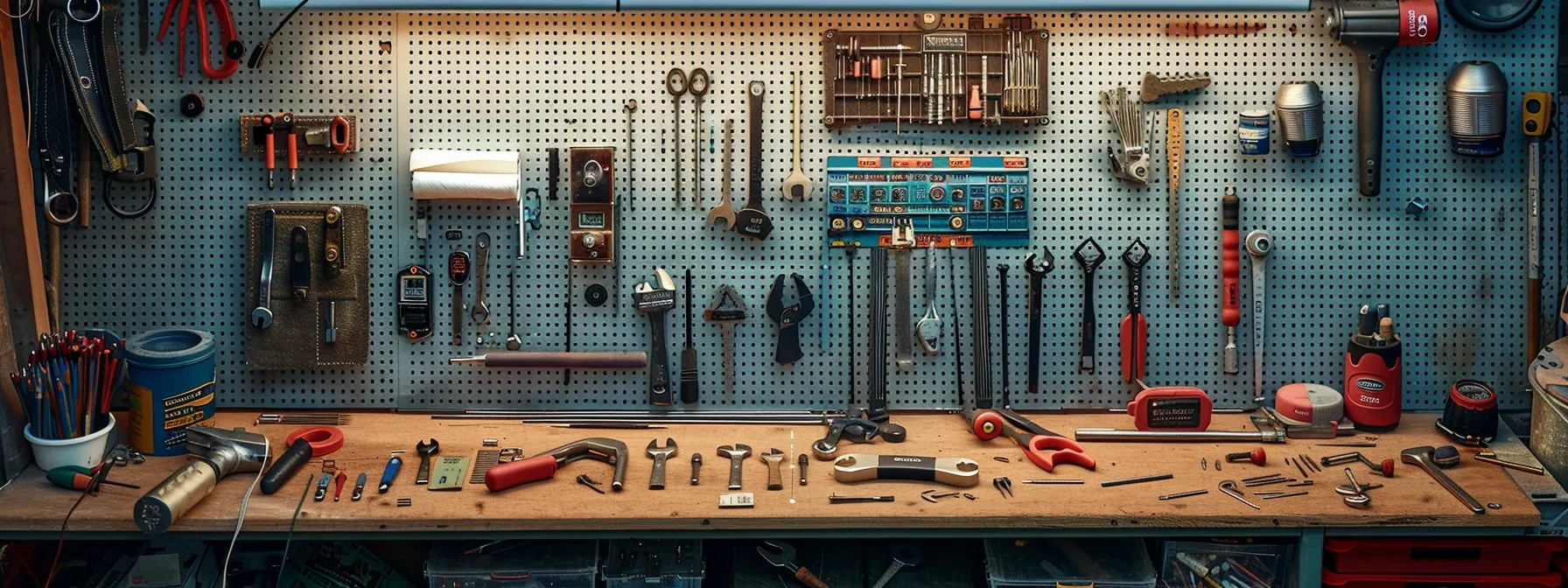
Before proceeding with your safe lock installation, take the time to organize your tools and materials. Gather items such as screwdrivers, pliers, and the new lock itself to ensure a smooth process. Clear any obstacles that might hinder access to the safe, as this will allow you to work efficiently without distractions. A clean workspace promotes focus and accuracy during installation. Finally, review the installation instructions that come with your new lock in detail. Familiarizing yourself with each step will help you identify any specific requirements or precautions that need to be followed, setting you up for a successful installation.
Before you begin the installation process, it’s essential to gather all necessary tools and materials. Assemble screwdrivers of various sizes, a pair of pliers, a level to ensure the lock is straight, and the new safe lock you intend to install. Having everything organized and within reach will streamline your efforts and minimize interruptions.
Check that you have the right screws and any extra hardware specified in the installation instructions. If your new lock requires batteries or specific mounting accessories, be sure you have those ready as well. Being prepared not only facilitates a smoother installation but also reduces the chances of delays.
To ensure a smooth safe lock installation, start by clearing the area around your safe. Remove any items or obstacles that could hinder your ability to access the lock and its components easily. A clutter-free workspace not only enhances your focus but also prevents any accidental damage to your safe or the new lock during installation.
Before starting your safe lock installation, meticulously review the installation instructions provided with your new lock. Pay attention to specific details, including any required tools and unique steps tailored to the model you’ve chosen. Understanding these instructions will empower you to execute a seamless installation, ensuring optimal performance of your new lock system.
You’ve chosen the perfect safe lock, and it’s time to put your plans into action. Get ready to dive into an easy-to-follow guide that will walk you through the installation process with confidence.
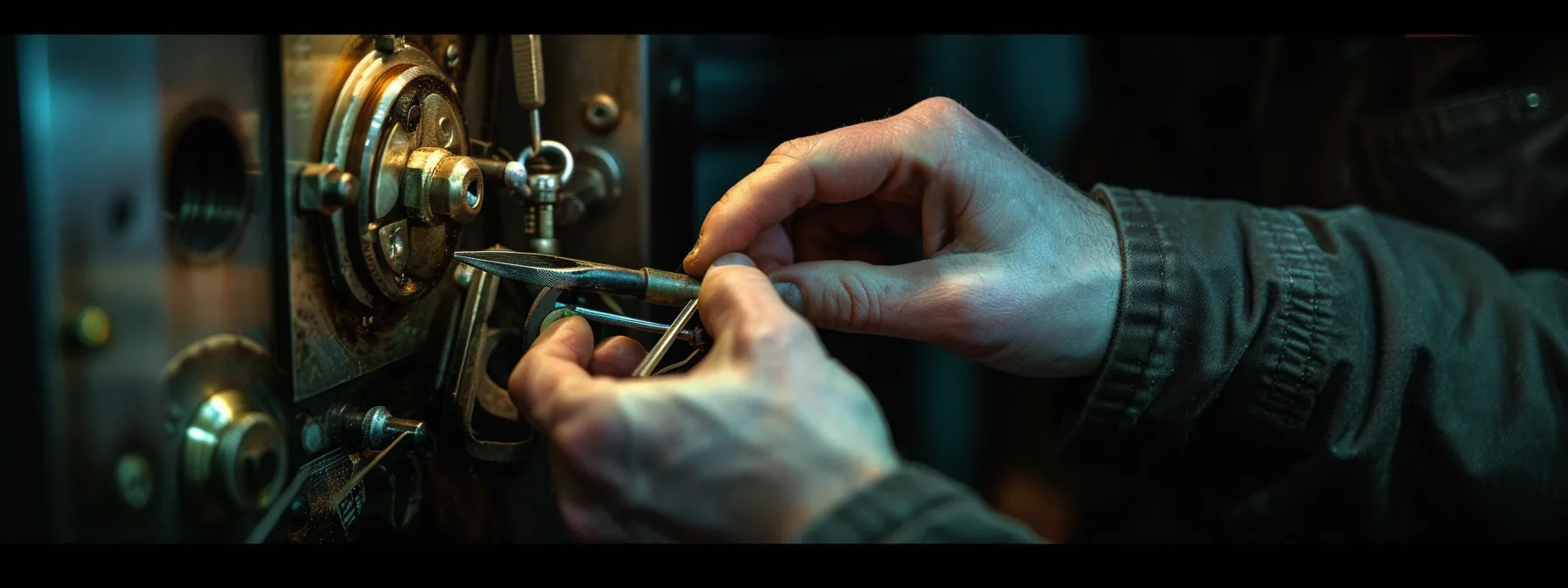
Begin the installation process by removing the old safe lock with care to avoid damaging the surrounding components. Use appropriate tools to extract the lock assembly, taking note of how everything is configured for reference. Once the old lock is detached, proceed to install the new lock assembly, ensuring each part aligns precisely and is secured firmly. This step is critical for the reliable functioning of your new lock. Once installed, don’t skip the important task of testing the new safe lock multiple times. This final check will confirm that the lock operates smoothly and provides the security you need, ensuring peace of mind for your valuables.
Begin the process of removing the old safe lock by ensuring you have the right tools on hand. Carefully unscrew the lock assembly while being mindful of the surrounding components to avoid any damage. Take your time to extract each piece slowly, noting how the lock is positioned, as this will help guide the installation of your new lock.
Installing the new lock assembly requires careful alignment with the existing holes in your safe. As you place the lock into position, ensure that all components fit snugly without forcing any parts, which could compromise functionality. Firmly secure the assembly with screws, applying even pressure to maintain a level installation.
Follow these essential steps to ensure a precise lock installation:
After installing your new safe lock, testing its functionality is a critical step you cannot overlook. Engage the locking mechanism multiple times to ensure that it operates smoothly and responds without any resistance. This practice confirms the integrity of the installation and reassures you that your valuables will remain secure.
By performing these tests, you not only verify the lock’s functionality but also make any necessary adjustments before relying on it for protection. If any issues arise during testing, address them promptly to guarantee that your safe lock operates as intended.
Installing your new safe lock can be a rewarding experience, but challenges may arise along the way. Let’s tackle those potential roadblocks together to ensure your security setup is flawless.
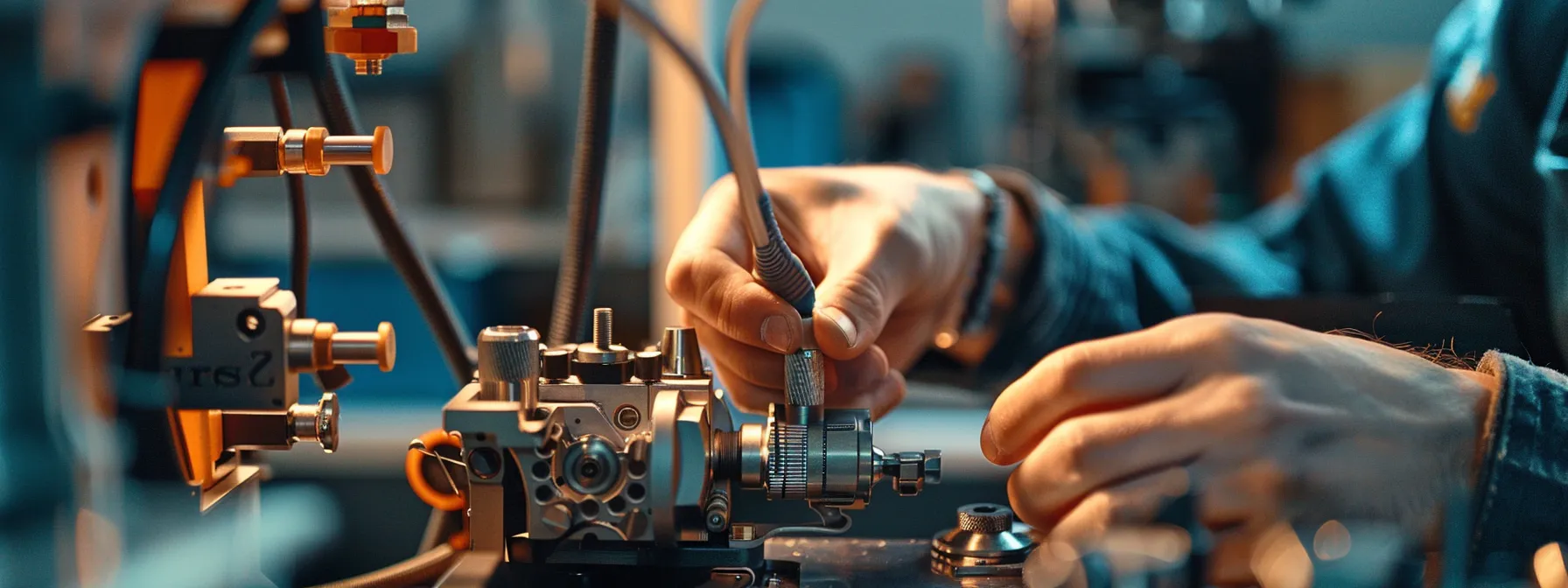
As you proceed with the replacement and installation of your safe lock, you may encounter a few challenges along the way. Ensuring proper alignment and fitting of the lock assembly is crucial, as misalignment can impede the locking mechanism’s functionality. If the locking mechanism shows signs of malfunction, troubleshooting may involve examining the internal components for any obstructions or misconfigurations. Additionally, for electronic locks, confirming that all wiring and electronic connections are secure will prevent operational issues that could compromise security. A thorough approach to these common challenges will enhance your installation experience and ensure optimal performance from your new lock system.
When you encounter alignment issues during the installation of your safe lock, it’s important to take your time to adjust the position carefully. Misalignment might cause the locking mechanism to jam or fail completely, so you should ensure that all components fit snugly into their designated slots. If necessary, loosen the screws slightly to reposition the lock, applying gentle pressure until everything aligns properly.
If you’ve struggled with alignment, inspect the surrounding area for any obstructions that could hinder proper fitting:
After ensuring everything is in its proper place, tighten the screws gradually while continuously checking for smooth operation. This careful process will enhance the secure fit and functionality of your new safe lock.
If you notice that the locking mechanism isn’t functioning as expected, start by checking the alignment of the lock. Ensure that all components are properly seated and tightened, as even slight misalignments can cause jamming or erratic operation. If the issue persists, inspect the internal elements for any obstructions that may be preventing smooth movement.
Additionally, for electronic locks, verify all wiring connections to confirm they’re secure and free from damage. Often, disruptions in wiring can lead to intermittent functionality, affecting your access to the safe and creating security risks.
To ensure the functionality of your electronic safe lock, meticulously check that all wiring connections are secure and correctly installed. Inspect any exposed wires for fraying or damage, as these can disrupt the lock’s operation. Additionally, verify that power sources, such as batteries, are properly installed and functional to prevent issues during operation.
Successfully overcoming installation hurdles sets the stage for optimal security. To ensure your investment lasts, let’s delve into the best practices for maintaining your new safe lock.

To ensure the longevity and reliability of your new safe lock, implement a routine maintenance strategy that keeps your security system in optimal condition. Regularly testing the locking mechanism helps confirm its functionality and ensures it operates smoothly, providing you with peace of mind. Additionally, keeping the lock clean and free from debris will prevent any buildup that might hinder its performance over time. Don’t overlook the importance of scheduling periodic professional inspections, as these experts can identify potential issues before they escalate, reinforcing your safe‘s overall security. By adhering to these practices, you can maintain the integrity of your safe lock and protect your valuables effectively.
To ensure your new safe lock remains reliable, make it a habit to test the locking mechanism periodically. By engaging the lock regularly, you can quickly identify any issues, such as stiffness or irregularities in operation. Prompt testing fosters confidence in your safe‘s security and reinforces the importance of taking immediate action should any problems arise.
To keep your safe lock functioning optimally, regularly clean and inspect it for debris and buildup. Dust, dirt, or grimy buildup can hinder the smooth operation of the lock, causing it to jam or malfunction over time. A simple wipe down with a soft cloth and occasional lubrication using a silicone-based spray can significantly extend the life of your lock.
Implementing a few cleaning steps can help maintain performance:
By staying proactive with maintenance, you ensure that your lock performs reliably, protecting your valuables efficiently. Regular checks can help you catch minor issues before they develop into larger problems.
Scheduling periodic professional inspections for your safe lock is a proactive measure that enhances its security and longevity. These inspections allow skilled technicians to identify wear and potential vulnerabilities that may not be visible during regular checks. By investing in professional evaluations, you ensure that your safe remains fortified against unauthorized access and continues to perform reliably for years to come.
Upgrading and installing a safe lock enhances the security of your valuables and provides peace of mind. Regularly assessing the condition of your safe and understanding the latest lock technologies can inform your decision-making. Choosing the right lock, whether mechanical or electronic, ensures that your specific security needs are met. Finally, maintaining and properly installing the lock is crucial for its long-term functionality and reliability.